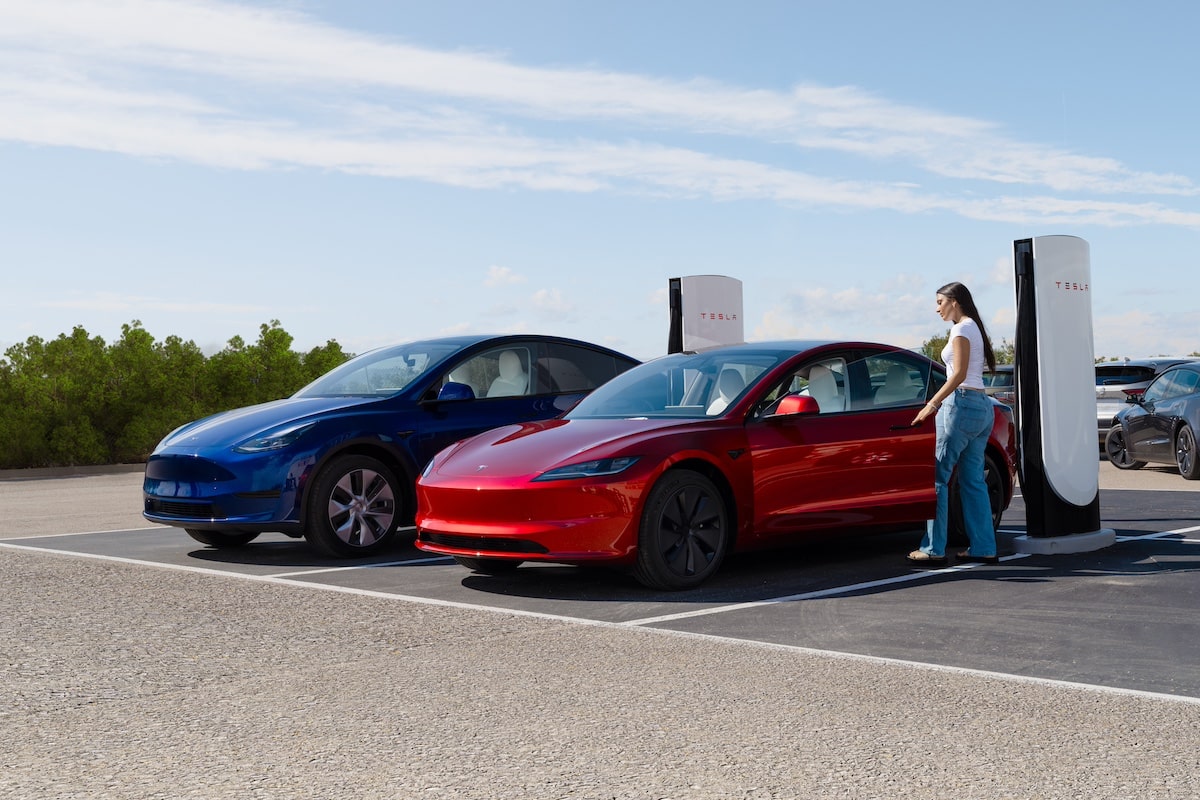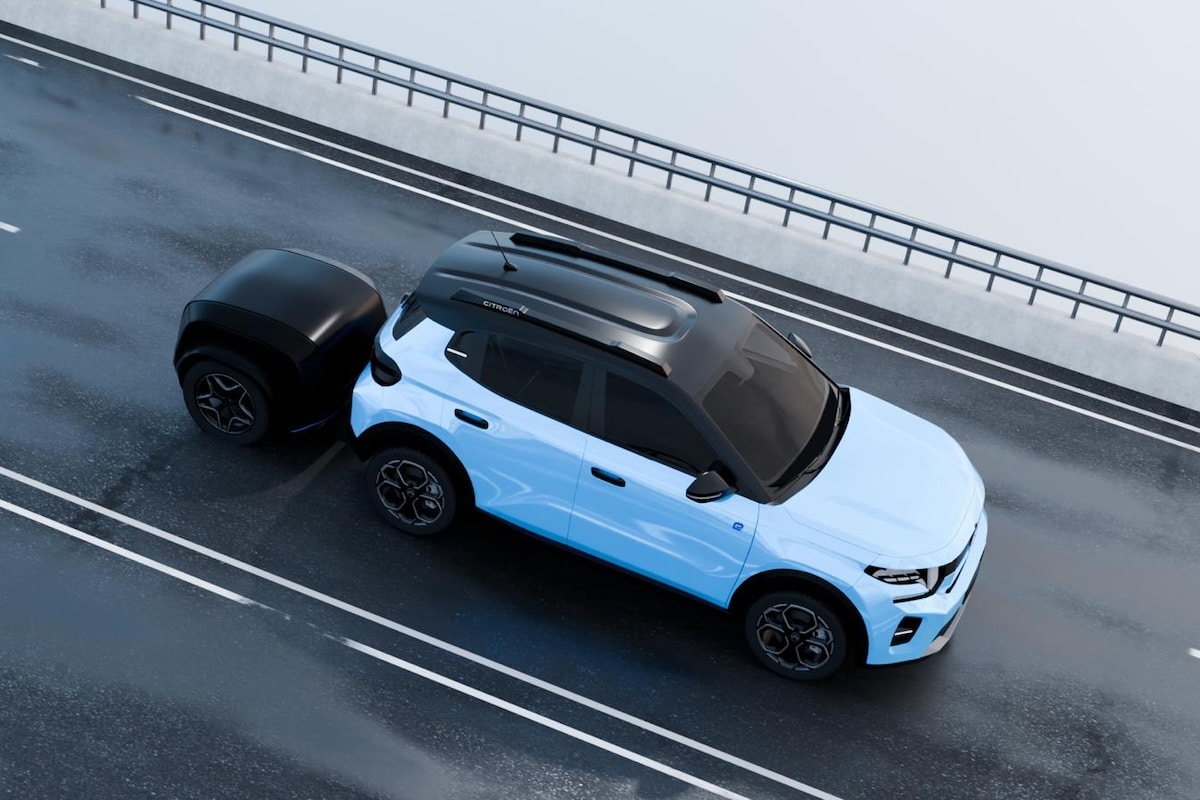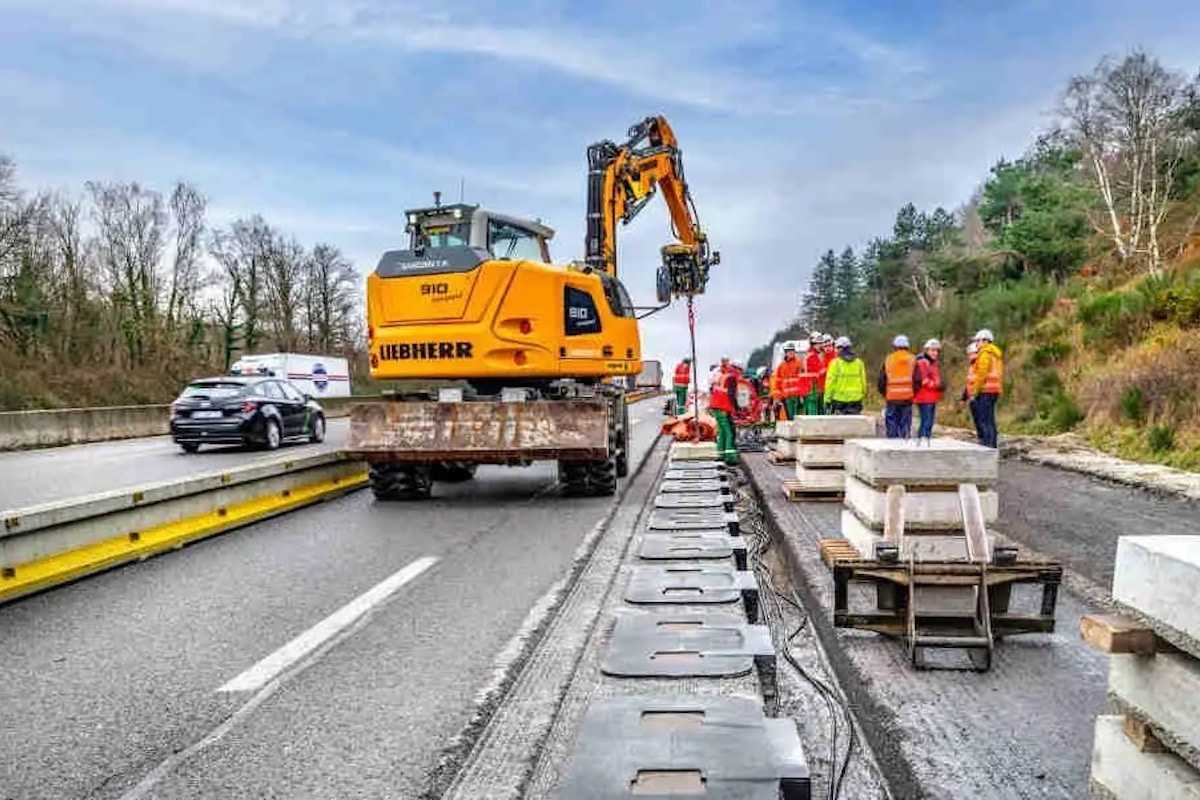Let’s stop thinking that Tesla does everything better than Europeans

Tesla knows better than anyone that charging speed is a key factor in convincing users to switch to electric.
But does Tesla have a monopoly on the right choice on this topic? While several connectors coexist in the global market, Europe has chosen the CCS2 (Combined Charging System) as the official standard for fast charging. How does it position itself against the NACS (North American Charging Standard) developed by Tesla? And why is CCS2 becoming the undisputed leader in Europe?
The CCS2 connector is designed to handle up to 1000 volts and 500 amps, allowing a maximum theoretical power of 500 kW. This provides flexibility and capacity that surpass the current needs of most electric vehicles, while ensuring compatibility with future technologies. By way of comparison, the NACS, although effective, reaches a maximum theoretical power of 450 kW. These specifications make CCS2 a robust standard, ready to meet the demands of even the most impatient drivers.
One of CCS2’s strengths lies in its integration into a vast and constantly evolving charging network. Major players like Ionity, Fastned, and Allego offer ultra-fast chargers capable of delivering up to 350 kW, spread across Europe. These infrastructures not only support the CCS2 standard but also demonstrate a commitment to the energy transition in Europe. In comparison, the Tesla Supercharger network, mainly equipped with the NACS connector in North America, offers a maximum power of 250 kW on its V3 stations, pending the rollout of V4. Although this is sufficient for most Teslas, it remains below what the most advanced CCS2 stations can provide.
CCS2’s appeal isn’t solely based on its technical capabilities. Its true strength lies in its adoption by the majority of automakers, from Volkswagen to BMW, including Hyundai and Mercedes. This standardization guarantees maximum interoperability, allowing drivers to charge their vehicle at almost all public stations without worrying about compatibility. Aware of the importance of this universalism in Europe, Tesla has even adapted its own vehicles and Supercharger stations to include CCS2, abandoning its proprietary connector.
While NACS offers impressive performance, notably thanks to its seamless integration within the Tesla ecosystem, CCS2 has become the unmissable standard in Europe. Its higher theoretical capacity, widespread adoption by a broad range of manufacturers, and the power of its network make it the preferred choice for fast, reliable, and universal charging. With CCS2, Europe ensures an infrastructure tailored for today’s and tomorrow’s electric mobility.
ALSO READ: The little secrets of the new Tesla Model Y Juniper
This page is translated from the original post "Arrêtons de penser que Tesla fait tout mieux que les européens" in French.
We also suggestthese articles:
Also read






